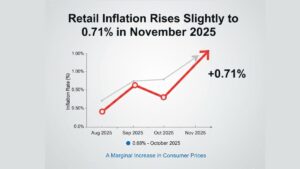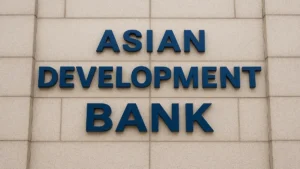The Reserve Bank of India’s (RBI) Financial Inclusion Index (FI-Index), which measures the extent of financial inclusion across the country, rose to 64.2 in March 2024 from 60.1 in March 2023. This improvement reflects growth across all sub-indices, indicating a deepening of financial inclusion.
Key Highlights
Overall Growth
The FI-Index captures various aspects of financial inclusion on a scale of 0 to 100, where 0 represents complete financial exclusion and 100 indicates full financial inclusion. The increase to 64.2 in March 2024 from 60.1 in March 2023 highlights significant progress.
Components of FI-Index
- Access (35%): Measures the ease of access to financial services.
- Usage (45%): Reflects the extent and frequency of usage of financial services.
- Quality (20%): Captures the quality of financial inclusion, including financial literacy, consumer protection, and service deficiencies.
Improvement Drivers
The primary contributor to the index’s improvement was the usage dimension, signaling a greater engagement with financial services by the population.
Comprehensive Approach
The FI-Index includes data from banking, investments, insurance, postal, and pension sectors, developed in consultation with government and sectoral regulators. It is responsive to the ease of access, availability, and quality of financial services.
Historical Context
The FI-Index, published annually in July, has shown consistent growth over the years. For example, it stood at 53.9 for the period ending March 2021, up from 43.4 for the period ending March 2017.




 Retail Inflation Rises Slightly to 0.71%...
Retail Inflation Rises Slightly to 0.71%...
 India’s Foreign Reserves Touch $687.26 B...
India’s Foreign Reserves Touch $687.26 B...
 ADB Raises India’s Growth Forecast to 7....
ADB Raises India’s Growth Forecast to 7....







